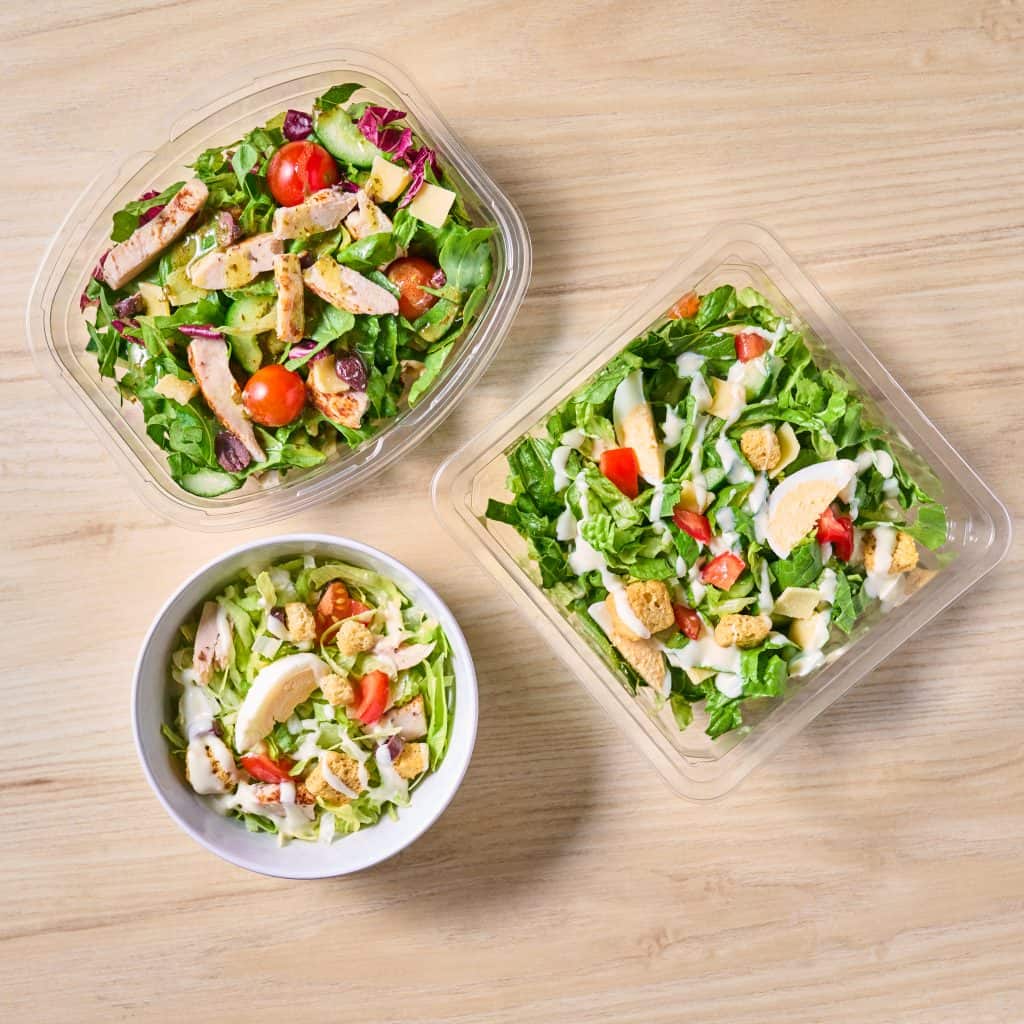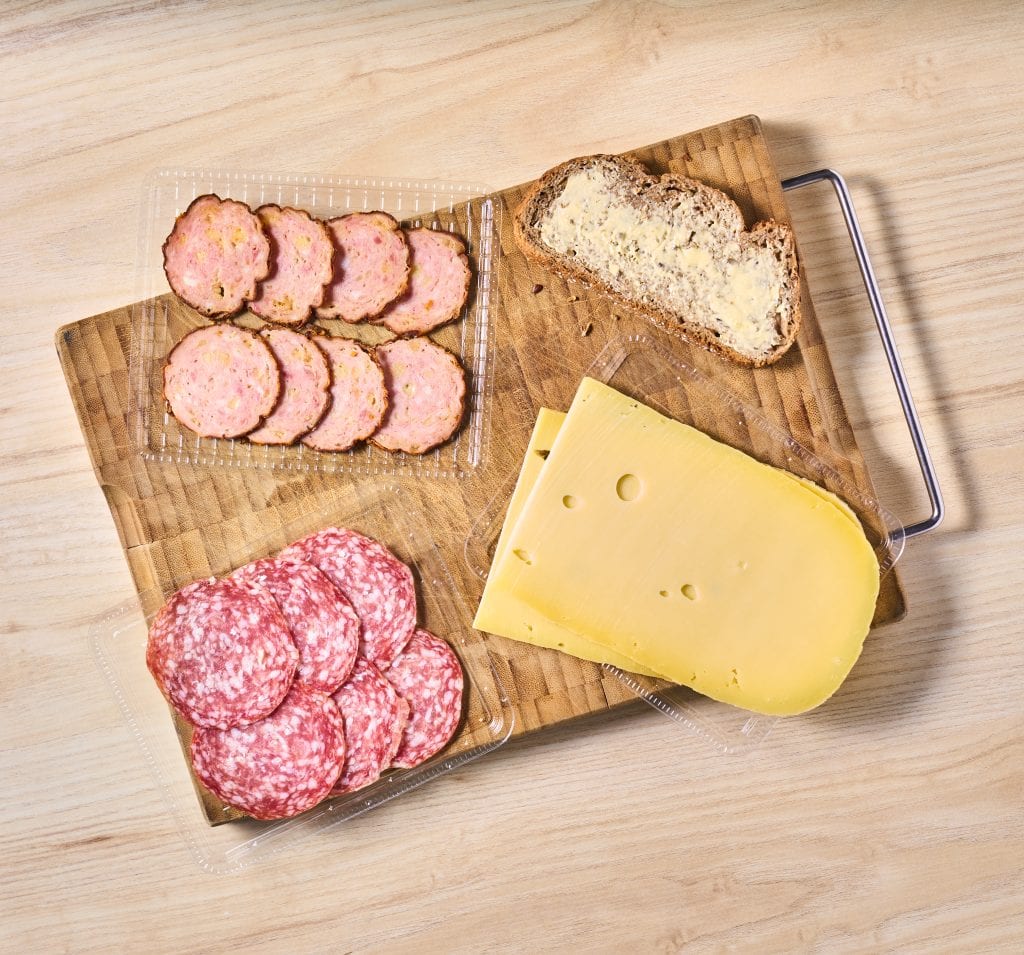Sustainability is higher and higher on the agenda of many companies, and rightly so. As a company, you naturally want to do your bit for a better world. But when it comes to packaging, where do you start? And how do you know whether a packaging really has less impact on the climate? That is quite a quest, because the information is not always clear or easy to compare. You want to make the right choice, both for your product and for the planet, without it immediately becoming unaffordable or losing functionality.
One of the most important measures of the climate impact of packaging is the carbon footprint. This figure gives a picture of the total greenhouse gas emissions a packaging causes throughout its life cycle. But how is it calculated, and why is it so important when choosing your material? Let’s dive deeper into that.
What is the carbon footprint of packaging?
Simply put, the carbon footprint is the sum of all greenhouse gases, expressed in CO2 equivalents, released by the existence of a product, process or organization. For packaging, this means looking at the impact from the time the raw materials are extracted, through production and transportation, to the end of life dive (recycling, incineration or landfill).
Measuring this footprint helps you understand where the greatest impact is in the chain. With that knowledge, you can look for targeted ways to reduce that impact. It is not just a buzzword it is an essential tool for making truly sustainable choices.
How do you calculate the carbon footprint of packaging materials?
Calculating the carbon footprint is usually done through a Life Cycle Assessment (LCA). This may sound complicated, but it boils down to mapping all the steps in the life of the packaging and measuring the associated environmental impact. The main stages are:
- Resource phase: The extraction or production of the material. This often has the greatest impact, sometimes up to 85% of the total footprint. Consider extracting oil for plastic or cutting down trees for paper.
- Production: converting the raw material into the final packaging. This involves the energy consumption in the plant and the processes used.
- Transportation: the transportation of raw materials to the factory, from the factory to you, and from you to the end customer. Distance, means of transportation (truck, ship, plane) and how efficiently the packaging is filled (weight and volume) are crucial here.
- Use phase: For most packaging, the impact at this stage is small, unless it is reusable packaging that requires cleaning.
- End of life: What happens to the packaging after it is used? Is it recycled, incinerated with energy recovery or landfilled? Recycling can significantly reduce overall impact.
There are several tools and databases available to help collect the right data and make the calculation, often based on international standards. It’s precision work, but it gives you a clear picture.

Carbon footprint is a comparison of materials
This is often the question that concerns you most: which material actually scores best? There is no one simple answer, because it depends on all factors in the life cycle. But if you look purely at the production of 1 kilogram of material, you do see clear differences in average CO2 emissions:
- New plastic (virgin PET): between 3 and 5 kg CO₂.
- Paper/cardboard: between 0.94 and 1.5 kg CO₂
- Metal (aluminum): about 2.32 kg CO₂
- Glass: typically between 1 and 2 kg of CO₂ (production takes a lot of energy)
- Recycled PET (rPET): between 0.5 and 2 kg of CO₂ per kg
Why does rPET often have a lower carbon footprint?
Here you can immediately see why rPET is so interesting. The carbon footprint of rPET is significantly lower than that of new (virgin) PET. That’s because you don’t need any new fossil raw materials in the production of rPET. The process of melting down old PET to make new material requires much less energy and thus emits fewer greenhouse gases than making plastic from oil. By choosing rPET, you encourage the circular economy and directly reduce the impact of the raw material phase, which, as mentioned, is often the biggest culprit. At MultiTray, for example, we are big proponents of using rPET for our thermoformed packaging for confectionery and fresh produce because it has been shown to contribute to lower CO2 emissions. You can read more about this on our circular source page.
Other determining factors
But the carbon footprint goes beyond just the material itself. There are other factors that can have a big impact:
- Transportation: A lightweight package made of a material with a higher initial carbon footprint per kg, may still score better over the entire life cycle than a heavy package made of a “lighter” material, simply because the transportation requires less energy. Producing locally reduces transportation emissions dramatically.
- Packaging design: By clever design, you can save material (reduce weight and thickness), make the packaging easier to stack (more efficient transportation) or make it airtight with a top seal (“The One Pack” concept) to extend freshness and reduce food waste, which also has a huge climate impact.
- End of life: How well can your packaging be recycled? If packaging is properly recyclable and is actually recycled, you save the CO2 emissions of new raw materials. Reusable packaging sounds sustainable, but is only so after a certain number of use cycles where the impact of cleaning and transportation is offset by not producing new packaging (“tipping point”).
Legislation and the driving force behind sustainable material selection
Not only do your own sustainability goals play a role, but legislation is also forcing changes. Consider the European PPWR (Packaging and Packaging Waste Regulation). This legislation imposes increasingly stringent requirements on packaging, for example in terms of recyclability and the percentage of recycled material. As of 2030, plastic packaging must be completely recyclable. Regulations like these make choosing materials with a lower carbon footprint and good recyclability not only an ethical, but also a necessary choice.

Material selection in practice
So how do you apply this knowledge when choosing packaging for your product?
- Map your current situation: What are you using now and what is its estimated carbon footprint? This is your zero point.
- Define your goals: How much do you want to reduce your carbon footprint? What other sustainability goals do you have (e.g., recyclability)?
- Identify alternatives: What other materials or packaging designs are suitable for your product? Think broadly: rPET, PP, APET, BOPS, as well as thinner varieties, other sizes, etc.
- Compare alternatives: Look not only at the material itself, but at the carbon footprint over the entire life cycle. What about transportation? Can it be recycled properly in practice?
- Weigh: Sustainability is important, but so is functionality, cost, food safety and consumer acceptance. Make an informed choice based on all factors.
- Work together: Engage with your packaging supplier. They have the expertise to advise you on materials, calculations and innovative solutions. A good supplier will think with you.
At MultiTray we are happy to help you with this puzzle. We are a family business with a passion for both packaging and sustainability. We combine craftsmanship and innovation to develop packaging that fits your specific needs, with an eye for climate impact. Whether you are looking for standard solutions from our 220+ molds or need customization that perfectly matches your product and sustainability goals, we are happy to think with you. We are here to guide you every step of the way, from idea to final product. Our new product tool can be a great starting point for the process.
Conclusion
The carbon footprint is an indispensable criterion when choosing your packaging material if you are serious about reducing your climate impact. It goes beyond just the type of material it is a sum of the whole life cycle, including production, transport and end of life. Materials like rPET offer demonstrable benefits, but it’s the total picture that counts. By understanding the impact and working with a partner who has expertise in sustainable packaging solutions, you can make informed choices that are good for your business and for the planet.
Wondering how we can help you find the most climate-friendly packaging solution for your products? Request a no-obligation quote or contact us. We are happy to answer all your questions. You can read more about who we are and our approach on our about us page.